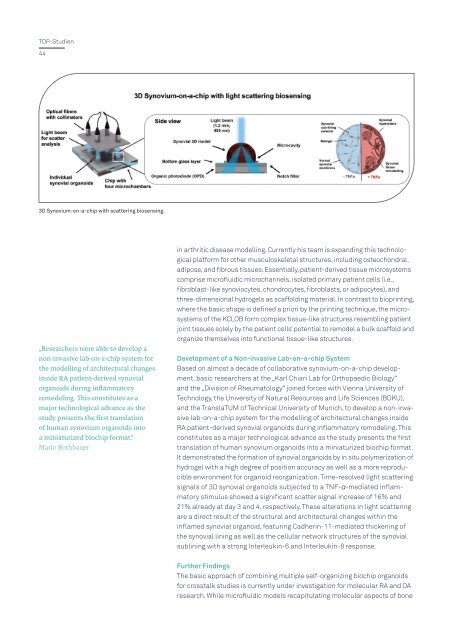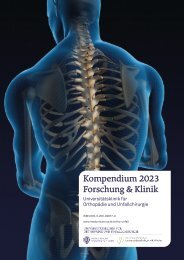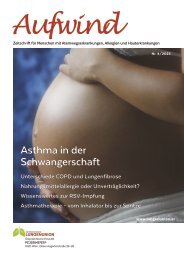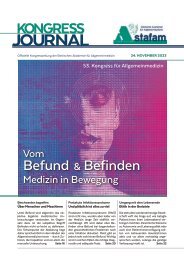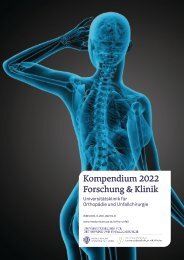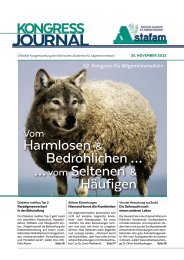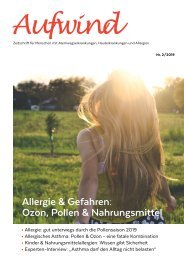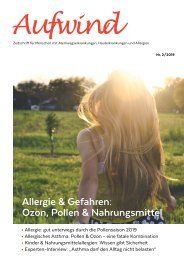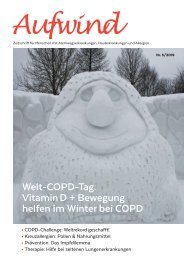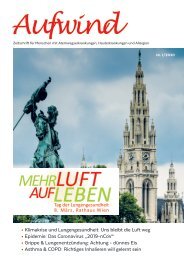Kompendium 2020 Forschung & Klinik
Das Kompendium 2020 der Universitätsklinik für Orthopädie und Unfallchirurgie von MedUni Wien und AKH Wien (o. Univ.-Prof. R. Windhager) stellt einen umfassenden Überblick über die medizinsichen Leistungen und auch die umfangreichen Forschungsfelder dar. Die Veröffentlichungen zeigen die klinische Relevanz und innovative Ansätze der einzelnen Forschungsrichtungen. Herausgeber: Universitätsklinik für Orthopädie und Unfallchirurgie MedUni Wien und AKH Wien Prof. Dr. R. Windhager ISBN 978-3-200-07715-7
Das Kompendium 2020 der Universitätsklinik für Orthopädie und Unfallchirurgie von MedUni Wien und AKH Wien (o. Univ.-Prof. R. Windhager) stellt einen umfassenden Überblick über die medizinsichen Leistungen und auch die umfangreichen Forschungsfelder dar. Die Veröffentlichungen zeigen die klinische Relevanz und innovative Ansätze der einzelnen Forschungsrichtungen.
Herausgeber: Universitätsklinik für Orthopädie und Unfallchirurgie
MedUni Wien und AKH Wien
Prof. Dr. R. Windhager
ISBN 978-3-200-07715-7
You also want an ePaper? Increase the reach of your titles
YUMPU automatically turns print PDFs into web optimized ePapers that Google loves.
TOP-Studien<br />
44<br />
3D Synovium-on-a-chip with scattering biosensing.<br />
„Researchers were able to develop a<br />
non-invasive lab-on-a-chip system for<br />
the modelling of architectural changes<br />
inside RA patient-derived synovial<br />
organoids during inflammatory<br />
remodeling. This constitutes as a<br />
major technological advance as the<br />
study presents the first translation<br />
of human synovium organoids into<br />
a miniaturized biochip format.“<br />
Mario Rothbauer<br />
in arthritic disease modelling. Currently his team is expanding this technological<br />
platform for other musculoskeletal structures, including osteochondral,<br />
adipose, and fibrous tissues. Essentially, patient-derived tissue microsystems<br />
comprise microfluidic microchannels, isolated primary patient cells (i.e.,<br />
fibroblast-like synoviocytes, chondrocytes, fibroblasts, or adipocytes), and<br />
three-dimensional hydrogels as scaffolding material. In contrast to bioprinting,<br />
where the basic shape is defined a priori by the printing technique, the microsystems<br />
of the KCLOB form complex tissue-like structures resembling patient<br />
joint tissues solely by the patient cells’ potential to remodel a bulk scaffold and<br />
organize themselves into functional tissue-like structures.<br />
Development of a Non-invasive Lab-on-a-chip System<br />
Based on almost a decade of collaborative synovium-on-a-chip development,<br />
basic researchers at the „Karl Chiari Lab for Orthopaedic Biology“<br />
and the „Division of Rheumatology“ joined forces with Vienna University of<br />
Technology, the University of Natural Resources and Life Sciences (BOKU),<br />
and the TranslaTUM of Technical University of Munich, to develop a non-invasive<br />
lab-on-a-chip system for the modelling of architectural changes inside<br />
RA patient-derived synovial organoids during inflammatory remodeling. This<br />
constitutes as a major technological advance as the study presents the first<br />
translation of human synovium organoids into a miniaturized biochip format.<br />
It demonstrated the formation of synovial organoids by in situ polymerization of<br />
hydrogel with a high degree of position accuracy as well as a more reproducible<br />
environment for organoid reorganization. Time-resolved light scattering<br />
signals of 3D synovial organoids subjected to a TNF-α-mediated inflammatory<br />
stimulus showed a significant scatter signal increase of 16% and<br />
21% already at day 3 and 4, respectively. These alterations in light scattering<br />
are a direct result of the structural and architectural changes within the<br />
inflamed synovial organoid, featuring Cadherin-11-mediated thickening of<br />
the synovial lining as well as the cellular network structures of the synovial<br />
sublining with a strong Interleukin-6 and Interleukin-8 response.<br />
Further Findings<br />
The basic approach of combining multiple self-organizing biochip organoids<br />
for crosstalk studies is currently under investigation for molecular RA and OA<br />
research. While microfluidic models recapitulating molecular aspects of bone


